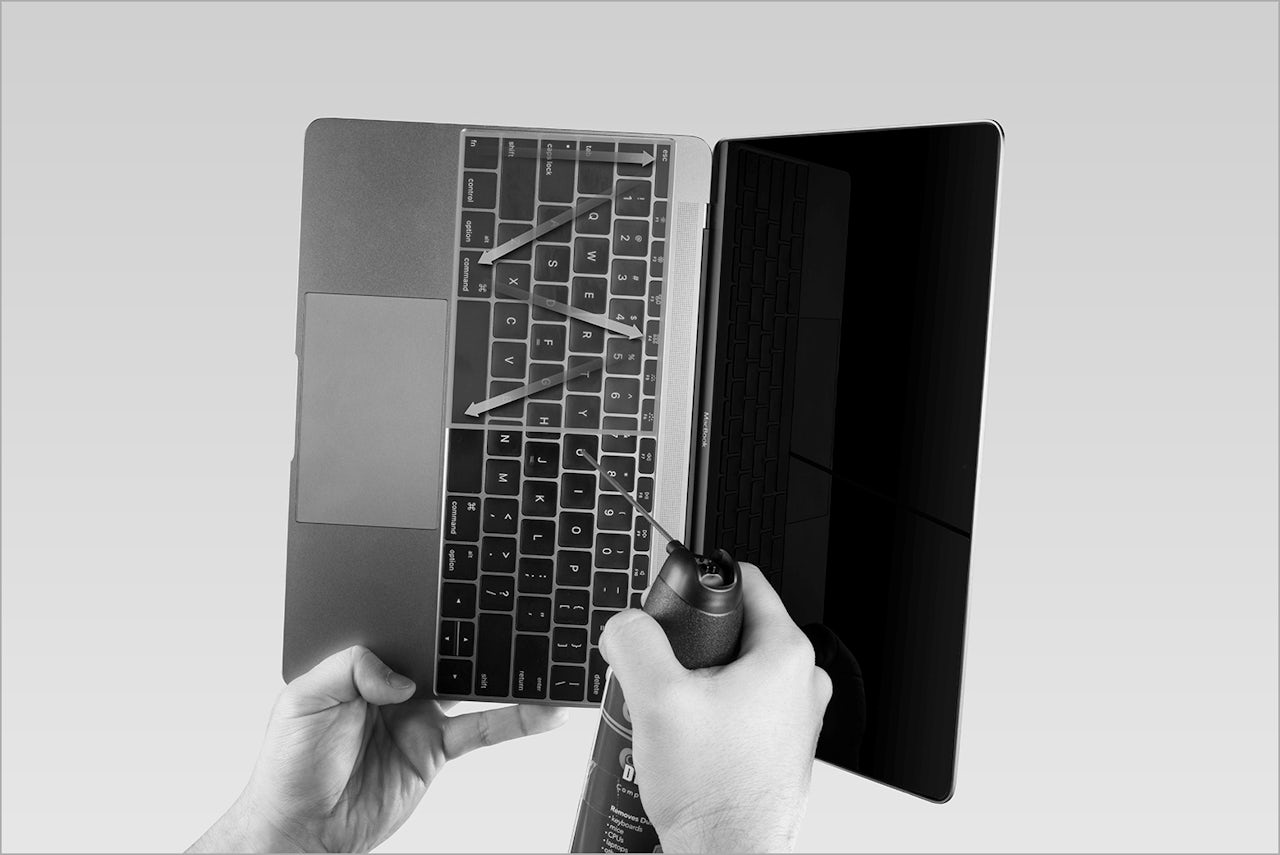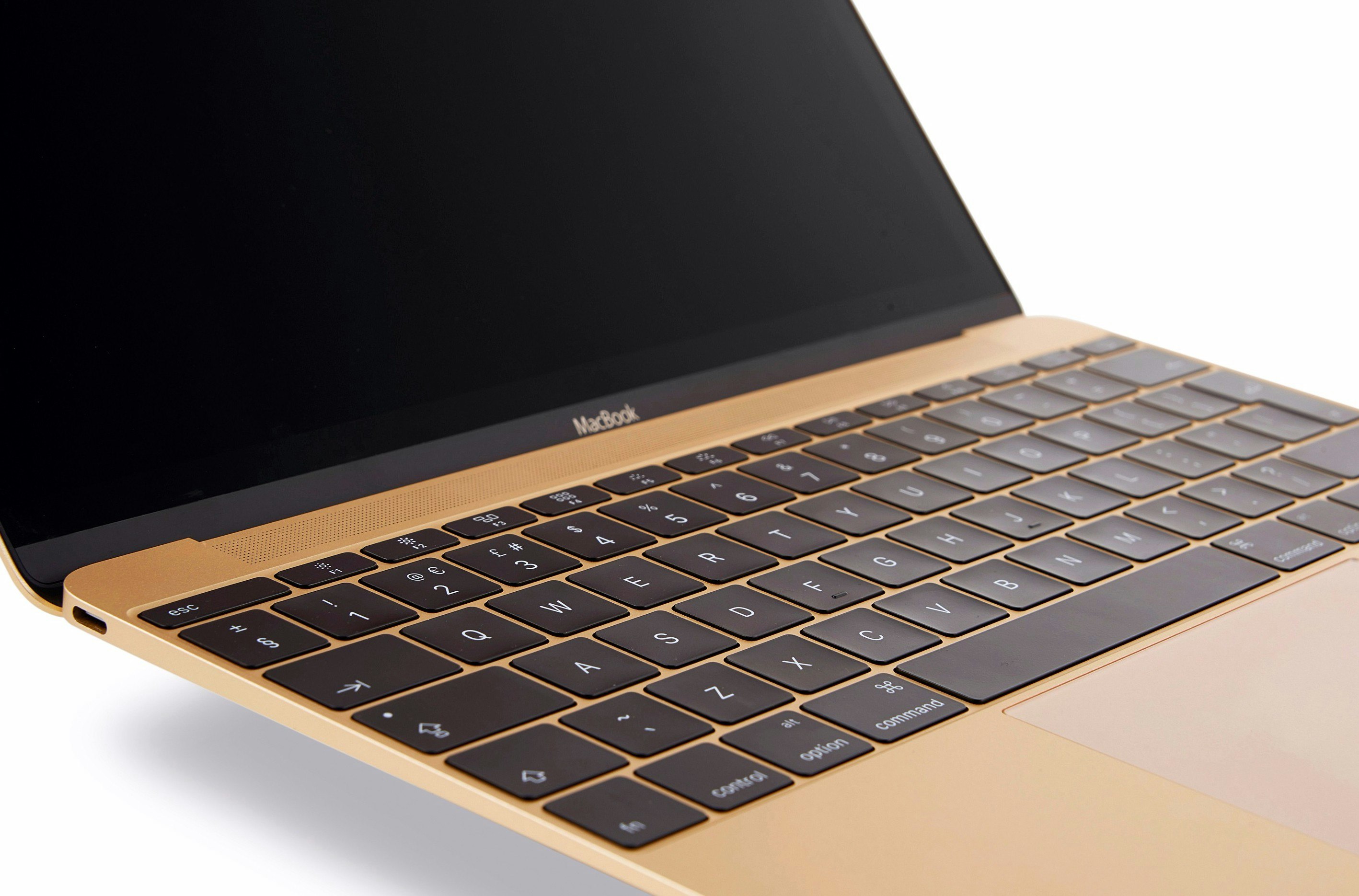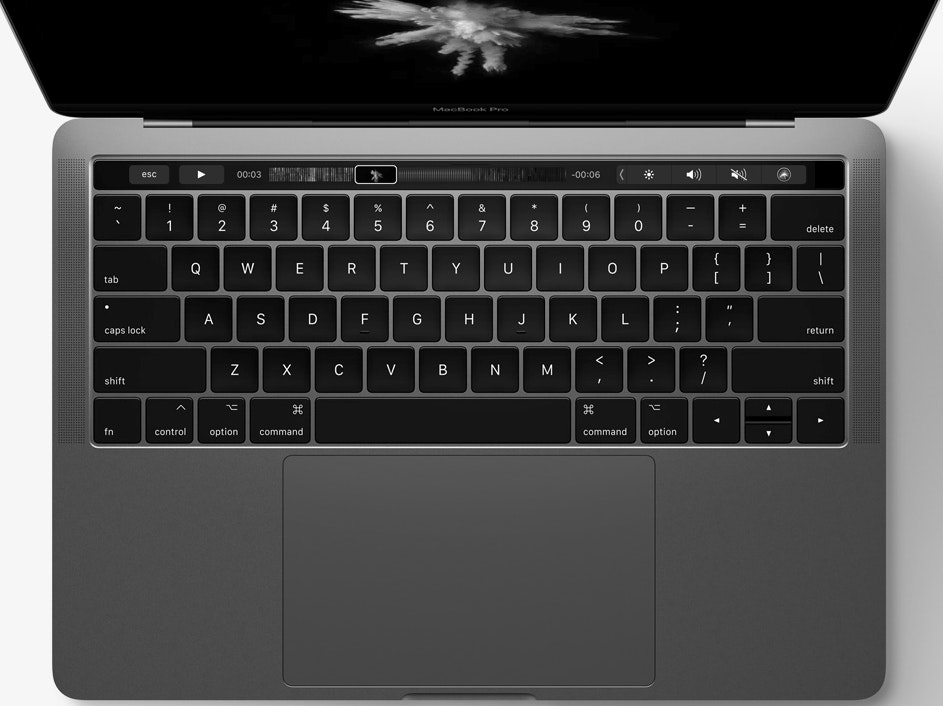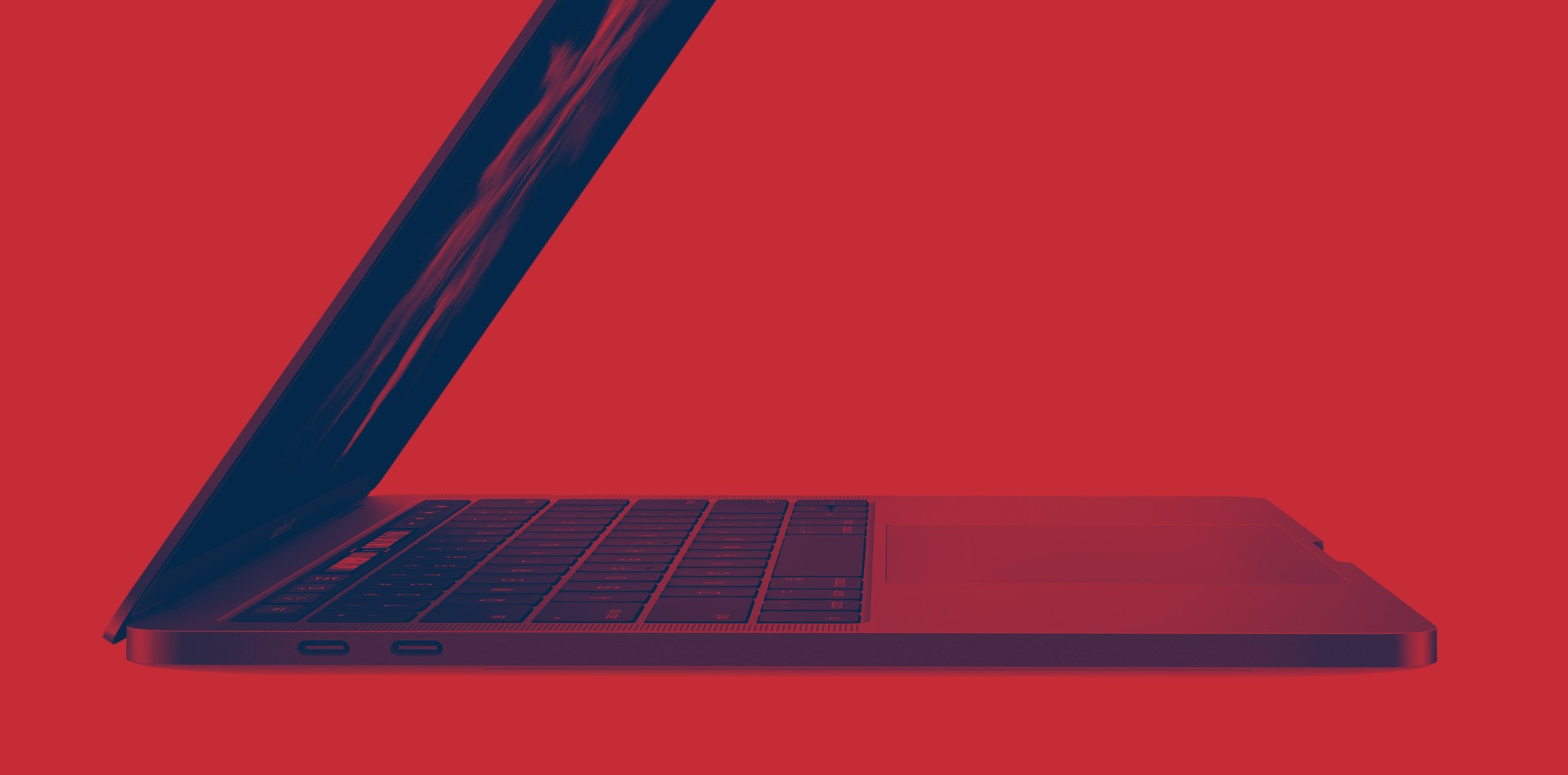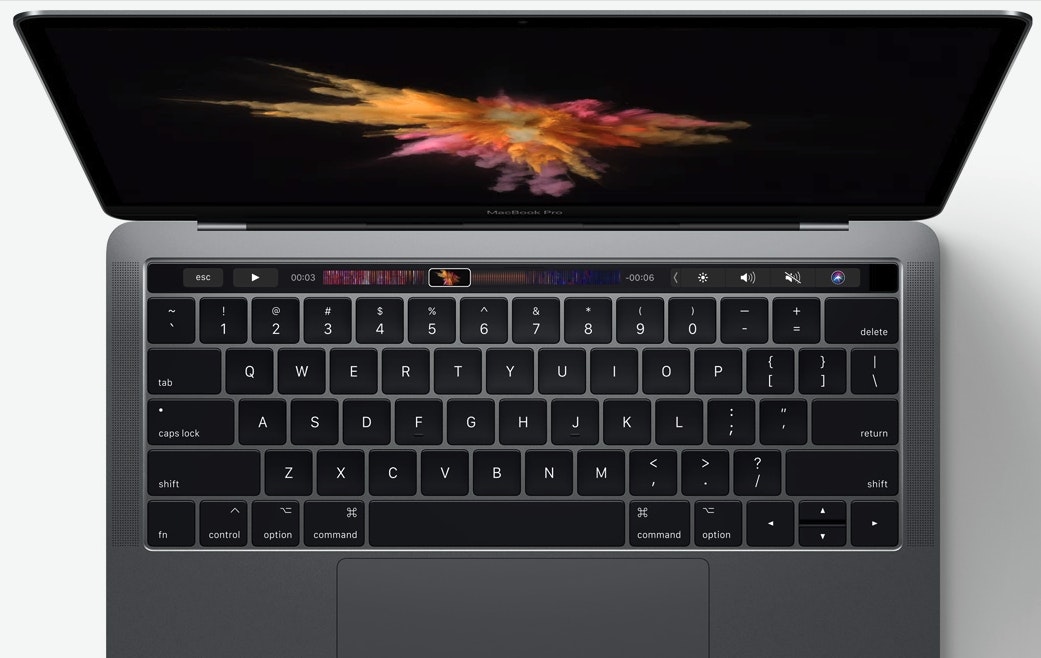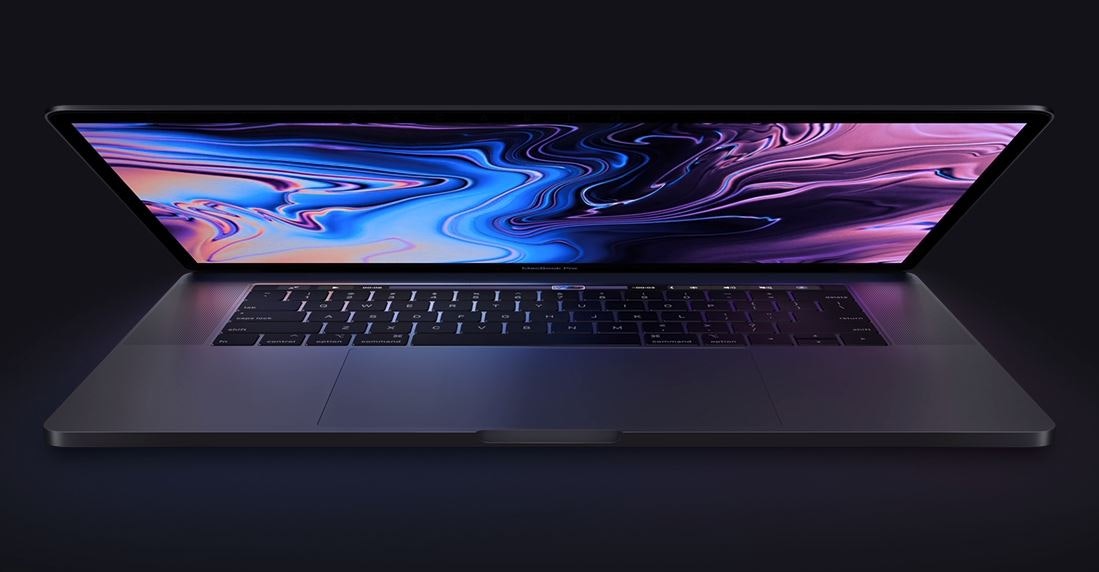Recently, in a discussion about Apple’s terrible butterfly keyboard design with a source who wished not to be identified and who definitely does not work for Apple, they noted I had bought a 2017 MacBook Pro and gotten rid of it after a little more than a year due to the now-notorious problems they have with something as simple as “a piece of dust” causing stuck or dead keys. “So, just curious, why did you buy another one?” they asked, referring to the 2018 MacBook Air I’d gotten six months after selling the Pro.
I didn’t have an answer ready, but was impressed that they asked, because I felt largely like an idiot who deserved it. After selling back my MacBook Pro to Apple for about two-thirds of what I paid, my 2013 MacBook Pro (which I kept around even after buying the new Pro; yes, I have a lot of computers) that I returned to using started to show signs of age. It stopped recognizing its battery, even as the keyboard still worked flawlessly. I cast around to every other possible laptop solution — Chromebooks, Windows laptops, a Surface — before deciding I was too married to the Apple ecosystem to leave it.
There was also a pettier side of me that felt I couldn’t sit by and watch Apple claim to have fixed a problem I sensed it had not substantially addressed at all. It wasn’t enough to read about it; I had to go back in and continue to personally suffer the badness of their cursed keyboard design in order to live out a kind of truth, even if it meant certain annoyance and a waste of my money and time. Fueled by equal parts irrational hope I knew I shouldn’t trust and deep skepticism to which I should have listened, I bought the 2018 MacBook Air.
Sure enough, a couple months into owning this computer, the keys started to act up. As before, problems would come and go; the E or B key would be unresponsive for a day or so before whatever was jamming them up mysteriously went away. The spacebar was the worst offender. For a long while it doubled spaces from a single keypress, but only sometimes. Finally, it seemed to get something lodged under it big or annoying enough that it couldn’t shake itself loose, and I had to pound it to get a space out of it; for two days, my sentencescame outlikethis. I made a Genius Bar appointment.
After verifying my problem, the Genius issued her judgment: “So the keyboard on this computer is very sensitive,” she said. “And when debris goes underneath the keyboard, it can become unresponsive. So I’m just going to clean it out, I’m going to take it to the back and blow air in it and we’ll see if it gets better. Ok?” Apple’s suggested fix of cleaning its easily fallible keyboard with canned air theoretically doesn’t require any special equipment or put the computer in a sensitive position, it’s not clear why Apple’s service people aren’t allowed to just do it out in the open. The Genius took it away, and a few minutes later brought it back, demonstrating its now-functional spacebar and slightly more responsive keys.
It took 1hr+ on the phone to arrange a MacBook Pro keyboard repair (purchased from Apple with AppleCare).
— Ryan Begin (@ryan) April 9, 2019
When they say “We’re aware that a small number of users are having issues...” with Mac keyboards, that smacks of knowing minimization.
It’s HARD to report and get fixed. pic.twitter.com/ETXQng6QDE
1. “Apple never does X” rarely precludes them from doing something. They often surprise us.
— Marco Arment (@marcoarment) April 8, 2019
2. I don’t think they’ve ever had a product flaw of the magnitude and severity of the butterfly keyboard.
They have ample motivation to correct this years-long mistake. https://t.co/7cEfQrJw3z
I asked her how she cleans out the keyboards when people bring them in. She positioned the monitor at a right angle and stood up the computer on its side, and mimed a back-and-forth sweeping spraying motion from the left side (now top end) of the keyboard down to the right (now bottom).
Does Apple sell canned air? No, she said; she recommended Best Buy or Staples. She told me not to eat over the computer, watching me for a reaction to this somehow insanely unrealistic yet also eminently reasonable prospect. No one aims to take meals over their computer; I’d go as far to say no one ever does it except out of necessity. And when that necessity arises, it doesn’t seem like an unreasonable ask that the computer would be able to tolerate a few crumbs being scattered on it. But I suppose I am in the wrong for expecting my $1,600 computer to be able to cope.
It’s clear at this point that I am extremely not alone in having this problem; developer Marco Arment has written extensively about it, the Wall Street Journal’s Joanna Stern recently wrote an entire column with authentically dropped e’s and r’s that were the result of her new (broken) MacBook Air keyboard. (Stern, notably, actually managed to get a real apology out of the company, unlike me. But Apple has yet to match those words with tangible action, like, for instance, making notebooks with working keyboards and offering them as replacements to all of the people who unwittingly bought computers that were bound to break.)
As I wrote a few months ago, the latest redesigns of the butterfly keyboard have failed to address the responsiveness problems; posts from Apple customers on support forums about dead or repeating keys have kept up at a very steady pace. What’s changed is that Apple has lured a whole generation of loyal MacBook Air fans, like Stern, into subjecting themselves to this hamstrung version of a keyboard.
My Genius claimed that if this incident occurred multiple times, I might be eligible for a full top-case replacement, like I got with the first computer that had this problem back in September 2017. She gamely checked the replacement program page to see if the MacBook Air was listed as eligible (it is not; the model is less than a year old and so covered by Apple’s standard warranty). But she avowed that the Airs seemed prone to the same issues as all the other computers that were now covered, and would likely be added to the program.
What year is yours? I’m still happy as a clam with my 2014 MBP. But I’d have upgraded last year if not for the keyboard concerns.
— John Gruber (@gruber) February 27, 2019
I’m really hoping my 11-inch MacBook Air lasts long enough for Apple to fix all of its keyboards. https://t.co/oHuxaM7hV3
— Dan Moren (@dmoren) February 27, 2019
Apple made its reputation on support; the Genius Bar, at which customers could get in-person help right in any of the retail stores was in stark contrast to 15 years ago, when the best help you could get for any Windows computer was a tech-support phone line staffed by remote call centers. Even then, that setup was meant to deal more with hardware problems and not, say, viruses or corrupt software. Apple Geniuses, by contrast, handled everything seamlessly.
Fast forward to now, and Apple appears to be buckling a little under the weight of its operation. The Genius appointment-making page has slowly evolved from pointing people directly to in-person appointments to encouraging phone or remote support. A couple of years ago, it started offering support appointments with third-party service providers through the same interface that it offers ones with the Genius Bar, an endorsement of operations outside its normally airtight vertical integration I couldn’t have even imagined 10 years ago.
Apple still claims that only a “small percentage” of people experience trouble with their keyboards. But having now heard the idea of a “sensitive” keyboard, I’m not sure I will ever get over it. No one has had to think this hard about keyboards in decades, at least before Apple went in and messed with them. Now no one can type straight and I have Microsoft emailing me offering to fly me out to its Redmond campus so it can walk me through its “seven elements that every keyboard needs to create a great typing experience.” I have a hard time imagining what those seven elements are, because I get stuck at two: 1. Produces the characters 2. That I intended to type. These two attributes are also, incidentally, what the biggest and most-valuable tech companies in the world are somehow grappling with anew.
Maybe it’s because I am getting old and cranky, but my late model Apple phone and laptop are harder to use, less efficient, less fun— inferior products compared to earlier versions. (Except for the camera.) For me Apple is going backwards.
— Jay Rosen (@jayrosen_nyu) April 14, 2019
In the name of fairness, the Genius-sanctioned canned-air cleaning worked, at least for now. It would likely not resolve the problem of debris that is actually stuck, or broken plastic pieces inside the assembly. But I dread the Overton window shift that Apple now appears to be attempting to push, which is that its customers and their crumbs and dust and bad habits are to blame, that they should bend themselves around the “sensitive” keyboard, and keep canned air (not supplied by Apple itself) on hand at all times, as if this is a problem we’ve always had, and not one Apple singlehandedly created with a nearsighted design.
I am stupid for buying another one of these computers, but only as stupid as any of us are for learning to love these dumb tech products on their merits, becoming beholden to the system, and then having a big commitment out of which to dig ourselves (actually not very stupid at all). I’m far more inclined to subscribe to a different argument, which is that Apple is the stupid one for not only trying to reinvent a solution to the extremely solved problem of how to make a working keyboard, but continuing to pretend that, four years and four iterations later, it hasn’t utterly failed. The company declined to comment on the record for this article.
